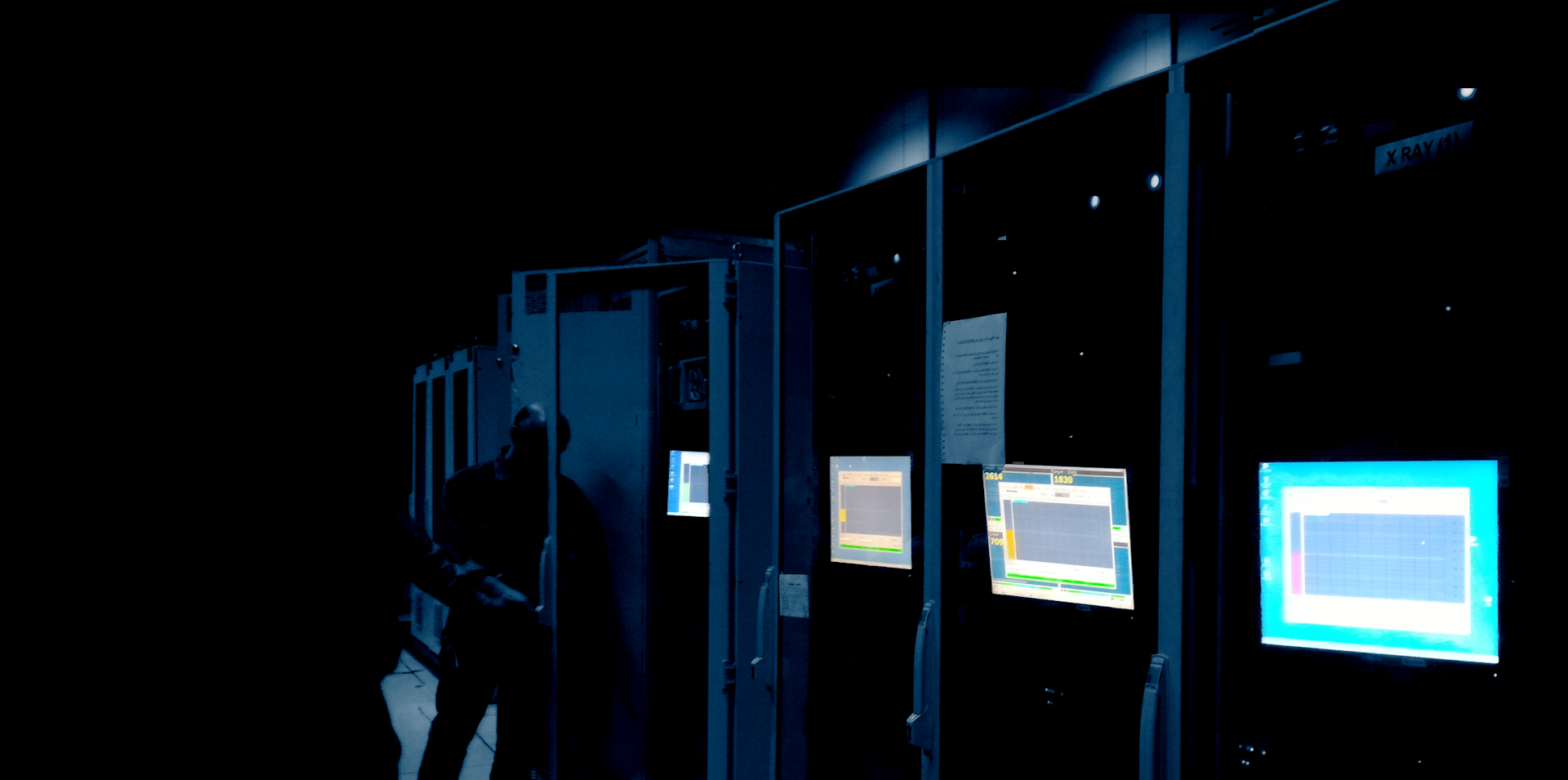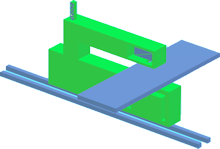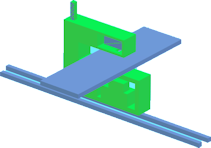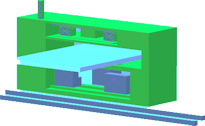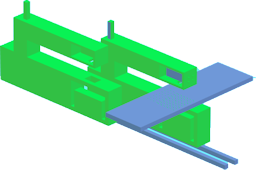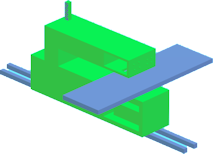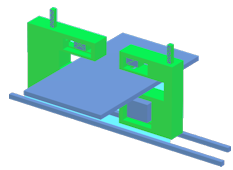Online Welding Inspection: Enhancing Quality Control
In modern manufacturing and fabrication, ensuring the quality and integrity of welded joints is essential for safety, performance, and compliance. Traditional inspection techniques—while useful—can be time-consuming, subjective, or limited in resolution. Enter the profilometer: a high-precision, non-contact measurement tool revolutionizing welding inspection across industries.


